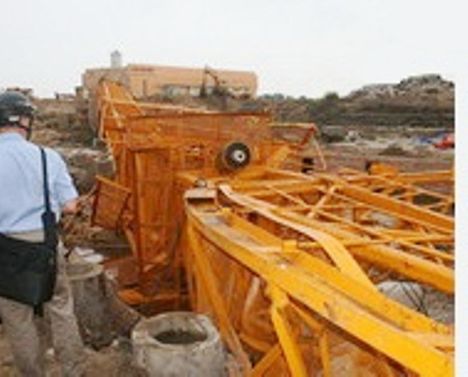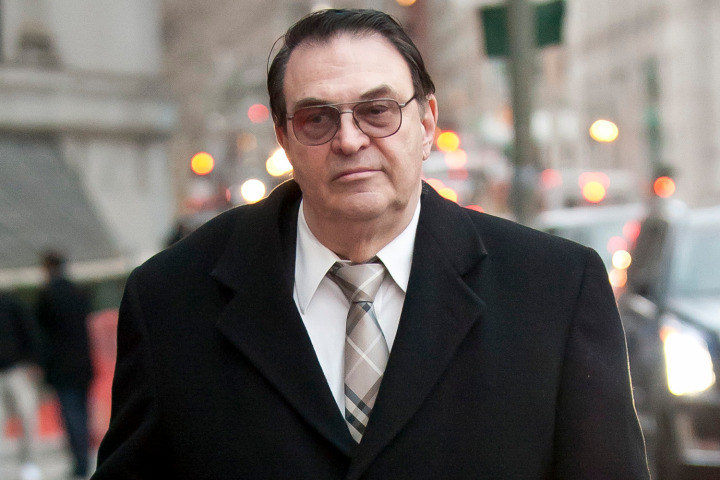Ho Chi Minh City, Vietnam. A tower crane collapsed killing it’s 24 year old crane operator. The story notes that one person on site is already blaming the height of the crane, the length of the jib, and the soft soils. One part of the picture supports him quite well.
The Original report shows a green arrow with the picture. I’m not sure what they are they are getting at. I want you to see the red arrow. It’s pointing at a large concrete base up in the air. One, or multiple problems has happened. The crane base is likely too small. In relation to the size of the tower, it looks very small in width. Not that I haven’t seen this before. I had a job once where the base wasn’t much wider than the tower itself. but the base was connected to pilings that went 80 feet into the ground. If the base is only 4.5 to 6.5 feet deep, I’m going to suggest that it’s just too small and light. The base has to resist not only overturning moment, and vertical moment, but also torsional loads. If it’s small with no surface tension to adequately resist the twisting induced on the tower by the slewing of the crane, the soil will eventually become dislodged and potentially not provide adequate underlying support. Similar actions are true if the spread of the load is too small over the surface of the underlying support. Point loading under the crane can be extreme enough to simply compress the soils after the crane has been erected.
If the base is too small, it might not have enough mass to hold the crane down. The concrete base should be sufficiently large with enough safety factor that it acts as an anchor. An anchor strong enough to prevent that crane from falling over. The only way that crane should fall over is due to structural failure. Good soils on a adequately sized foundation will always cause a crane to break before it overturns. You should never see a crane foundation up like a tree root ball. And we’ve seen it before in Prague, again with a visibly small foundation.
Cranes are designed to match their bases. Reactionary forces are listed based on height, tower used, and jib lengths. You must match them all together and make sure that you are starting with good soil, or this may be the eventual result.



